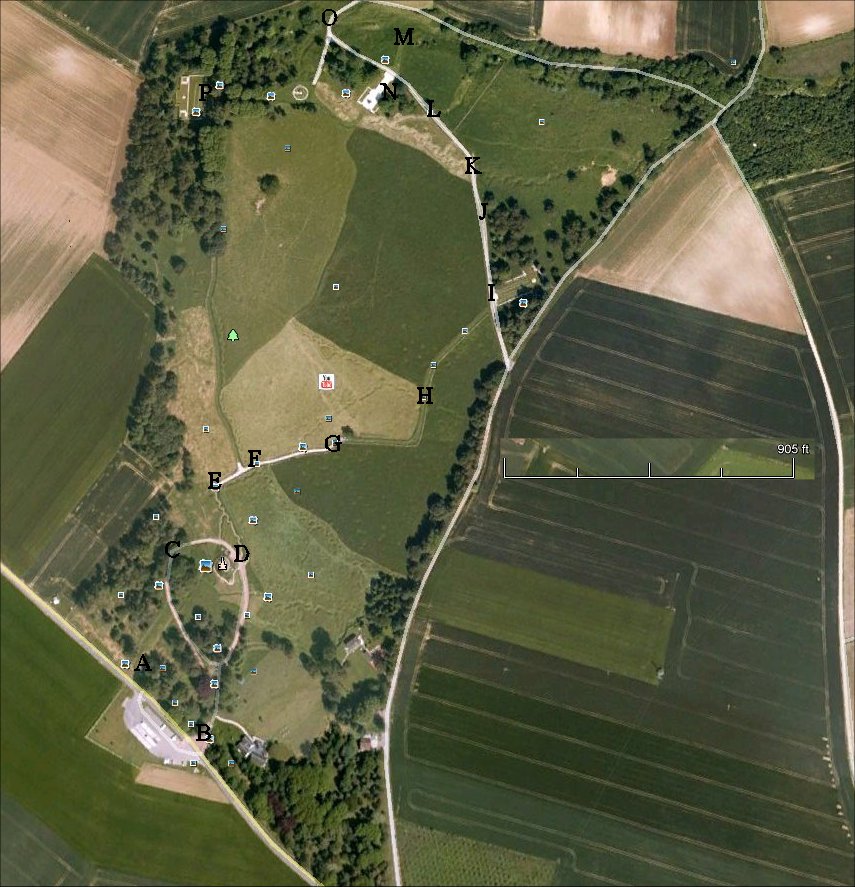As we have already seen at 7:20, the Hawthorn Mine was blown and the bombardment switched to the German rear. The infantry waited ten minutes after the explosion to advance, giving the Germans a head start on returning to their trenches and to prepare for the attack. The attack was repulsed with heavy losses. Afterward, at around 7:55, the Germans began bombarding the British trenches with artillery and hitting them with machine gun fire.
Although the attack had been an abject failure, as was the case in other sectors, there were reports of some success. This may have spurred the divisional commander to renew the attack and commit the reserve. So at around 8:45, the 88th Brigade was ordered to attack renew the attack with the 1st Newfoundland Regt supporting them on their right, with the 1st Essex Regt supporting further to the right.
Both the Newfoundland Regiment and the 1st Essex were in a trenches to the rear. The Essex regiment would move to the front line through the communications trenches, now clogged with the wounded from the first attack. This took one or two hours to acomplish. Despite this precaution, the 1st Essex took frightful casualties in a futile attack. The commander of the Newfoundland Regiment had decided to avoid the clogged trenches to his front by going over the top and advancing over open ground. It would be a costly decision.



















